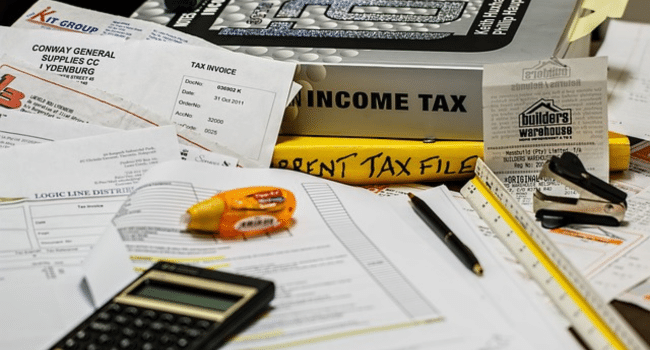Table of Contents
In an ever-evolving economic climate, it becomes imperative for businesses and individuals to maximize their potential savings by leveraging the power of capital allowances. Explore the various types of assets that qualify for these allowances and shed light on how you can navigate through complex regulations while optimizing your tax returns. Whether you are a business owner looking to minimize your taxable income or simply an individual seeking ways to legally reduce your tax bill, this guide will be your go-to resource in unlocking the untapped advantages provided by capital allowances.
Understanding Capital Allowances and Tax Savings
Capital allowances are a valuable tool that allows taxpayers to deduct the cost of certain assets from their taxable income, thereby reducing their overall tax liability. These assets can range from tangible property, such as buildings and machinery, to intangible property, like patents and copyrights. By claiming these allowances, businesses and individuals can recoup some or all of the costs incurred in acquiring these assets.
Understanding how capital allowances work is crucial for optimizing your tax savings. By identifying which assets qualify for these deductions and calculating them accurately, you can save significant amounts on your yearly taxes. This guide will provide you with in-depth knowledge about different types of available capital allowances, eligibility criteria, calculation methods, and everything else you need to know to make informed decisions regarding maximizing your tax benefits.
Grasping the concept of capital allowances allows individuals and businesses to unlock substantial tax savings. This comprehensive guide aims to empower readers by giving them a deeper understanding of what qualifies as eligible assets for deductions and equipping them with calculation methods necessary for accurate reporting while ensuring compliance with all legal requirements. By harnessing these insights effectively, taxpayers have the potential not only to minimize their overall tax liabilities but also efficiently allocate resources towards much-needed investment opportunities that drive economic growth.
Common Questions: What Qualifies for Capital Allowances?
If you’re wondering what qualifies for capital allowances, it’s important to note that a wide range of assets can be eligible. These include tangible assets such as buildings, machinery, vehicles, and furniture and intangible assets like patents and copyrights. The key requirement is that these assets are used for business purposes.
To qualify for the tax benefits of capital allowances, the asset must be owned by the taxpayer or be leased under a long-term lease agreement. Assets that have been inherited or received through gifts may also qualify. It’s worth noting that certain conditions may apply depending on the type of asset and its use.
Navigating through complex tax regulations can often be overwhelming. However, understanding what qualifies for capital allowances is essential to leverage potential savings. By identifying eligible assets and taking advantage of available deductions, businesses and individuals can harness the power of capital allowances to optimize their tax position effectively.
Navigating Tax Efficiency with Capital Allowance Claims
Tax efficiency through capital allowance claims involves strategically utilizing available tax deductions for eligible business assets. To achieve this, businesses need to identify the assets that qualify for capital allowances based on local tax laws and maintain accurate records of these assets, including their costs and usage dates. Choosing the right capital allowance method, such as the reducing balance or straight-line method, is essential to maximize tax benefits.
Timing asset purchases can also impact tax liability, and exploring enhanced capital allowances for specific asset types, like energy-efficient equipment, can further optimize tax efficiency. Businesses should take advantage of annual investment allowances and consult tax professionals to navigate complex tax laws, ensure compliance, and stay informed about any changes. Proper planning for asset disposal is also crucial to manage potential tax implications effectively. In summary, capital allowance claims can significantly reduce taxable income and improve a business’s financial performance, but careful consideration, record-keeping, and professional guidance are essential for success.
Read more on KulFiy
How to pay off my tax debt in Mississippi?
Spring 2021 Budget And Autumn Statement 2022: How to Maximise Ongoing Government Tax Support
